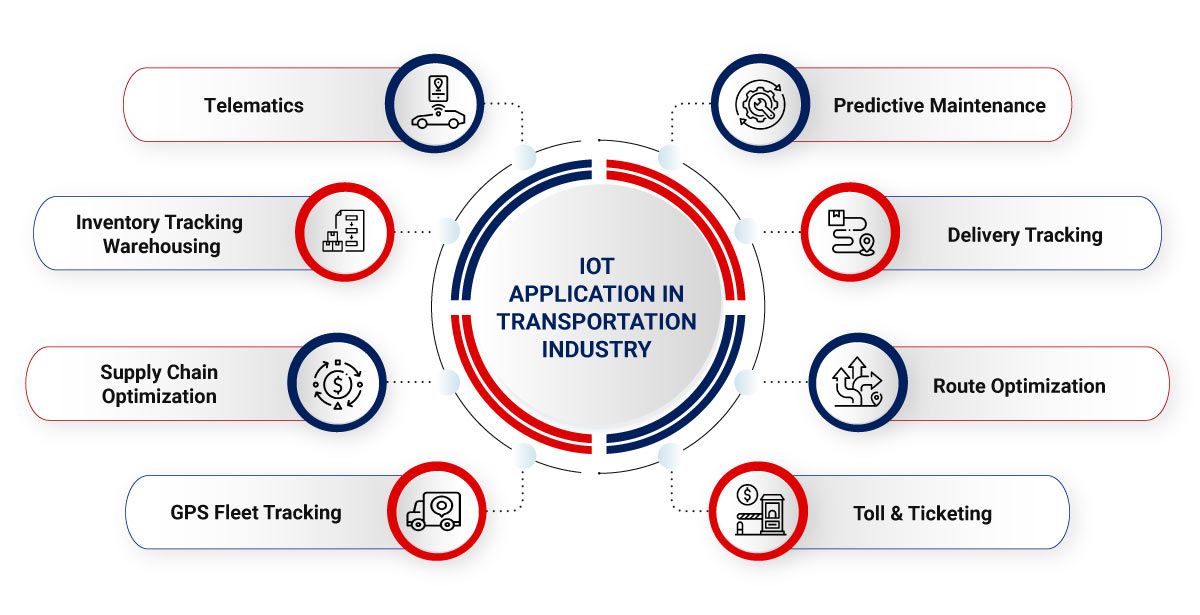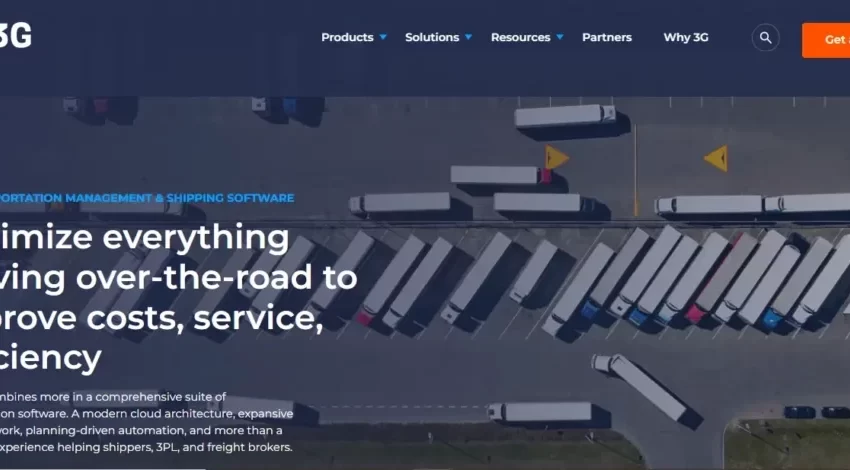Role of IoT in Logistics and Transportation
As the world continues to advance technologically, the Internet of Things (IoT) has emerged as a game-changer in various industries, including logistics and transportation. IoT refers to the network of interconnected devices that communicate and share data with each other to streamline processes and improve efficiency. In the logistics and transportation sector, IoT has revolutionized the way goods are transported, tracked, and delivered.
Enhanced Visibility and Real-Time Tracking
One of the key benefits of IoT in logistics and transportation is the enhanced visibility it provides throughout the supply chain. By equipping vehicles, containers, and packages with sensors and GPS tracking devices, companies can monitor their whereabouts in real-time. This real-time tracking allows for better route planning, improved inventory management, and the ability to quickly address any delays or disruptions.
Optimized Fleet Management
IoT technology enables companies to optimize their fleet management operations. By collecting data on vehicle performance, fuel consumption, and driver behavior, organizations can identify opportunities to reduce costs and improve efficiency. For example, sensors can alert maintenance teams when a vehicle needs servicing, preventing breakdowns and costly repairs. Additionally, IoT devices can provide insights into driver behavior, allowing companies to promote safer driving practices and reduce the risk of accidents.
Efficient Inventory Management
IoT plays a crucial role in streamlining inventory management processes. By placing sensors on warehouse shelves and storage units, companies can track the movement of goods in real-time. This visibility into inventory levels helps prevent stockouts, reduce excess inventory, and improve order fulfillment. IoT technology also enables companies to automate inventory replenishment processes, ensuring that products are always available when needed.
Improved Customer Service
IoT technology has also transformed the way companies interact with customers in the logistics and transportation industry. By providing real-time tracking information and delivery updates, companies can keep customers informed throughout the shipping process. This transparency builds trust and enhances the overall customer experience. Additionally, IoT devices can collect feedback from customers, enabling companies to identify areas for improvement and deliver personalized services.
Enhanced Security and Safety
IoT technology has significantly enhanced security and safety measures in the logistics and transportation sector. By equipping vehicles with surveillance cameras, sensors, and alarm systems, companies can deter theft and prevent unauthorized access to goods. Additionally, IoT devices can monitor environmental conditions, such as temperature and humidity, to ensure the safe transportation of sensitive products, such as pharmaceuticals and perishable goods.
Future Trends in IoT for Logistics and Transportation
As IoT continues to evolve, we can expect to see further advancements in the logistics and transportation sector. One emerging trend is the use of artificial intelligence (AI) and machine learning algorithms to analyze the vast amounts of data collected by IoT devices. These technologies can help companies make more informed decisions, optimize routes, and predict potential disruptions before they occur.
Another future trend is the integration of IoT with blockchain technology to enhance supply chain transparency and traceability. By recording transactions on a secure and immutable ledger, companies can ensure the authenticity of goods and track their movement from manufacturer to end consumer.
Conclusion
IoT has revolutionized the logistics and transportation industry by providing enhanced visibility, optimizing fleet management, streamlining inventory processes, improving customer service, and enhancing security and safety measures. As technology continues to advance, we can expect IoT to play an increasingly critical role in transforming supply chain operations and driving innovation in the logistics and transportation sector.


